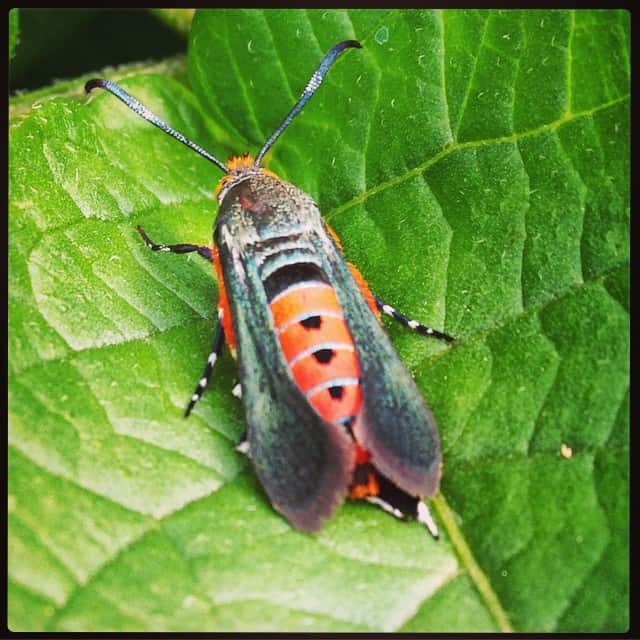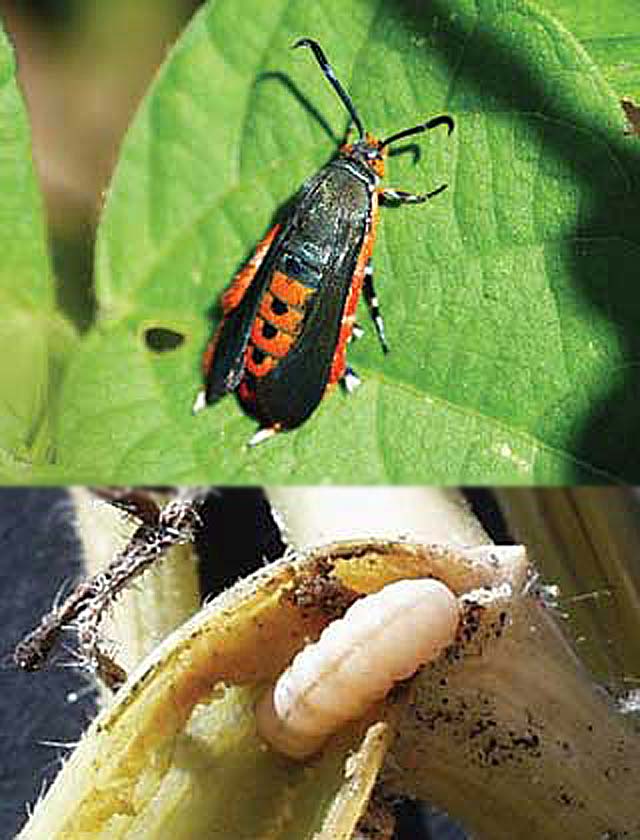
Target: Primarily squash, but occasionally cucumbers and melons. Infested vines may contain just one borer or as many as a hundred. It tunnels inside plant stems, cutting off the flow of nutrients and water. So even if the stem is damaged, the plant won't die. An eastern pest, the squash vine borer is a 1 inch long caterpillar with a white, accordion like body and a brown head. They will root, and the squash plant will continue growing from that section forward. If squash vine borers are a growing problem in your garden, try repeat applications every 10 days for the first two months of the growing season.

The larvae usually bore into the stem where it meets the ground.First, make a natural insecticide by combining 2 tsp. Be sure to check the underside of leaves. A neem oil spray can help prevent vine borers from infesting squash plants. If you can remove the eggs when they first appear, you will greatly cut down the population of squash borers in the garden that year and possibly in the future. The eggs are small, but since they are a bright orange color, they are fairly easy to spot. The order of preference from most preferred to least is: winter squash (including Hubbard squash), summer squash, pumpkin, gourd, cucumber, and muskmelon. Wherever possible, look for resistant or tolerant varieties if this insect is a problem in your area. In the spring garden, the first mode of defense should be to monitor for eggs. Some varieties are known to be resistant to the squash vine borer, such as Waltham butternut.

However, if you do see signs of squash vine borer:

The Spruce Home Improvement Review Board.


 0 kommentar(er)
0 kommentar(er)
